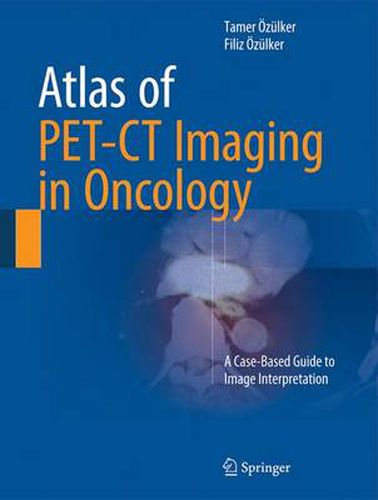Readings Newsletter
Become a Readings Member to make your shopping experience even easier.
Sign in or sign up for free!
You’re not far away from qualifying for FREE standard shipping within Australia
You’ve qualified for FREE standard shipping within Australia
The cart is loading…






This atlas is a case-based guide to the interpretation of FDG PET-CT images in clinical scenarios faced by physicians during the routine practice of oncology. The book aims to help the practitioner to overcome diagnostic dilemmas through familiarization with the physiologic distribution of FDG, normal variants and benign findings. The main focus, however, is the imaging of major oncological diseases. Different pathologies are addressed in individual chapters comprising teaching files of cases, each of which corresponds to a common indication for PET-CT imaging, such as metabolic characterization of lesions, staging, restaging and evaluation of response to therapy. Each case is accompanied by an explanation of the patient’s history, interpretation of the PET-CT study, and a teaching point often supported by relevant literature. This book will be of great value to residents and practitioners in nuclear medicine, radiology, oncology, radiation oncology and nuclear medicine technology.
$9.00 standard shipping within Australia
FREE standard shipping within Australia for orders over $100.00
Express & International shipping calculated at checkout
This atlas is a case-based guide to the interpretation of FDG PET-CT images in clinical scenarios faced by physicians during the routine practice of oncology. The book aims to help the practitioner to overcome diagnostic dilemmas through familiarization with the physiologic distribution of FDG, normal variants and benign findings. The main focus, however, is the imaging of major oncological diseases. Different pathologies are addressed in individual chapters comprising teaching files of cases, each of which corresponds to a common indication for PET-CT imaging, such as metabolic characterization of lesions, staging, restaging and evaluation of response to therapy. Each case is accompanied by an explanation of the patient’s history, interpretation of the PET-CT study, and a teaching point often supported by relevant literature. This book will be of great value to residents and practitioners in nuclear medicine, radiology, oncology, radiation oncology and nuclear medicine technology.